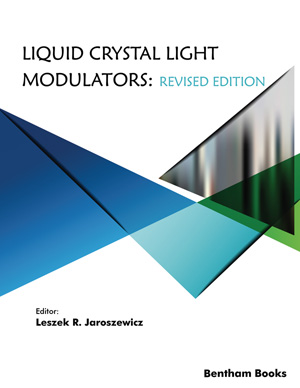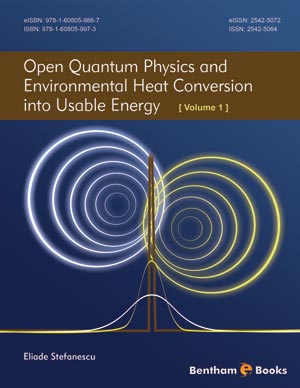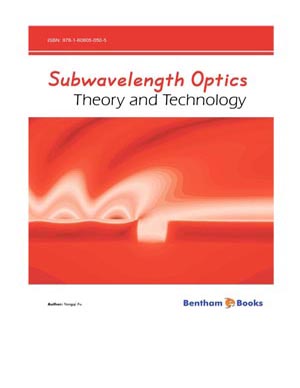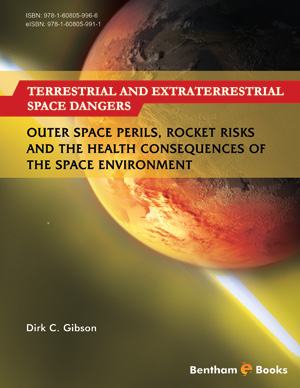Abstract
Liquid Crystal Cell (LCC) for space-borne laser rangefinder for space mission applications was developed, manufactured and tested at the Military University of Technology (MUT)Warszawa, Poland, in cooperation with Vavilov State Optical Institute (Vavilov SOI), Petersburg, Russia. LCC operated at the positive TN mode (d=2.5 μm) tuned for the laser beam of a wavelength of λ=1064 nm. It switched the polarization plane of the laser beam at the beam’s energy density not smaller than 0.15 J/cm2 at the pulse duration about 8 ns. At the working aperture, not less than 15 mm the transmission T of LCC was not smaller than 95%. Switching-on and switching-off times were assessed for LCC driven with a voltage of an amplitude U=10 V. At the temperature range from 20°C to 40°C, measured switching-on and switching-off times were not larger than 0.7 ms and 7 ms, respectively. The LLCs developed at the MUT were tested at the Vavilov SOI under procedure dedicated to space equipment. LLCs were mounted in the laser rangefinder of the space lander serving while the “Phobos- Grunt” mission was launched on November 8th, 2011, in Kazakhstan.
Keywords: And twisted alignment, Contrast ratio, Dielectric anisotropy, Homogeneous, Liquid crystal cell, Optical anisotropy, Ordinary refractive index, Rotational viscosity, Twisted Nematic effect.










